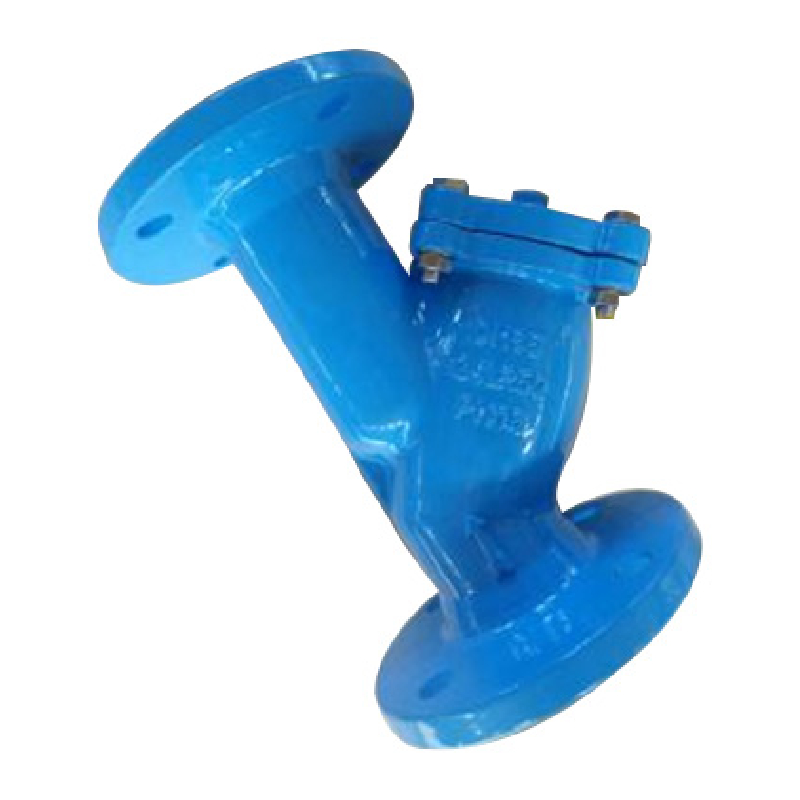វិច្ឆិកា . 06, 2024 18:48 Back to list
High-Quality Stainless Steel Butterfly Valves for Reliable Performance and Durability
Stainless Steel Butterfly Valves A Comprehensive Overview
Butterfly valves are crucial components in various industries, particularly in the areas of fluid control and management. Among the various types of butterfly valves, stainless steel butterfly valves have gained significant popularity due to their durability, corrosion resistance, and versatility. This article explores the features, advantages, applications, and maintenance of stainless steel butterfly valves to help you understand why they are a preferred choice in modern piping systems.
What is a Butterfly Valve?
A butterfly valve is a type of quarter-turn valve used to isolate or regulate the flow of fluids. It consists of a circular disc (the butterfly) that rotates around a shaft to either open or close the valve. When the valve is in the open position, the disc is parallel to the flow of the fluid, allowing for unobstructed flow. Conversely, when the valve is closed, the disc is perpendicular to the flow, effectively blocking it.
Advantages of Stainless Steel Butterfly Valves
1. Corrosion Resistance Stainless steel is known for its exceptional resistance to oxidation and corrosion, making it ideal for handling aggressive fluids, such as acids, chemicals, and saline solutions. This resistance extends the lifespan of the valve and reduces maintenance costs.
2. Strength and Durability Stainless steel butterfly valves are robust and can withstand high-pressure applications. Their enhanced strength ensures reliable performance in demanding conditions, making them suitable for both industrial and commercial applications.
3. Temperature Resistance Withstanding high temperatures is another critical feature of stainless steel. These valves can operate effectively in extreme temperature conditions, which is favorable in various industries, including petrochemical and food processing.
4. Lightweight Design Compared to other valve types, stainless steel butterfly valves are relatively lightweight, enabling easy installation and handling during maintenance. This aspect can significantly reduce labor costs and downtime.
5. Versatile Applications Due to their design and robustness, stainless steel butterfly valves are versatile and can be used in a wide array of applications, including water treatment, HVAC systems, food and beverage processing, and oil and gas industries.
stainless steel butterfly valve

Applications of Stainless Steel Butterfly Valves
Stainless steel butterfly valves find application in numerous industries due to their efficient performance and reliability
- Water Treatment Plants They are widely used for regulating the flow of water in treatment processes, allowing for effective control over chemical dosing and distribution. - Food and Beverage Industry Their corrosion resistance and cleanability make them suitable for applications in the food and beverage sector, where hygiene is paramount. - Chemical Processing In chemical plants, these valves manage the flow of various chemicals while ensuring safety and integrity in operations. - Oil and Gas Industry Given their ability to withstand high pressures and corrosive environments, stainless steel butterfly valves are extensively used in pipelines and distribution systems within the oil and gas sector.
Maintenance of Stainless Steel Butterfly Valves
To ensure the longevity and optimal performance of stainless steel butterfly valves, regular maintenance is necessary. Here are some essential maintenance tips
1. Routine Inspections Schedule periodic inspections to check for any signs of wear, corrosion, or leakage. Early detection can prevent larger issues down the line.
2. Cleanliness Ensure that the valves are kept clean to prevent the accumulation of debris, which can cause operational failure.
3. Lubrication Lubricate moving parts to reduce friction and wear, ensuring smooth operation.
4. Correct Installation Ensure that valves are installed according to manufacturer specifications to avoid undue stress and to maintain efficiency.
In conclusion, stainless steel butterfly valves are vital to various industries due to their numerous advantages, including corrosion resistance, durability, and lightweight design. Understanding their features and applications can help industries select the appropriate valve for their specific needs, leading to enhanced efficiency and reliability in fluid control systems. Proper maintenance will further ensure their optimal performance, making them an invaluable asset in any piping system.
Share
-
Reliable Wafer Type Butterfly Valves for Every IndustryNewsJul.25,2025
-
Reliable Flow Control Begins with the Right Ball Check ValveNewsJul.25,2025
-
Precision Flow Control Starts with Quality ValvesNewsJul.25,2025
-
Industrial Flow Control ReliabilityNewsJul.25,2025
-
Engineered for Efficiency Gate Valves That Power Industrial PerformanceNewsJul.25,2025
-
Empowering Infrastructure Through Quality ManufacturingNewsJul.25,2025